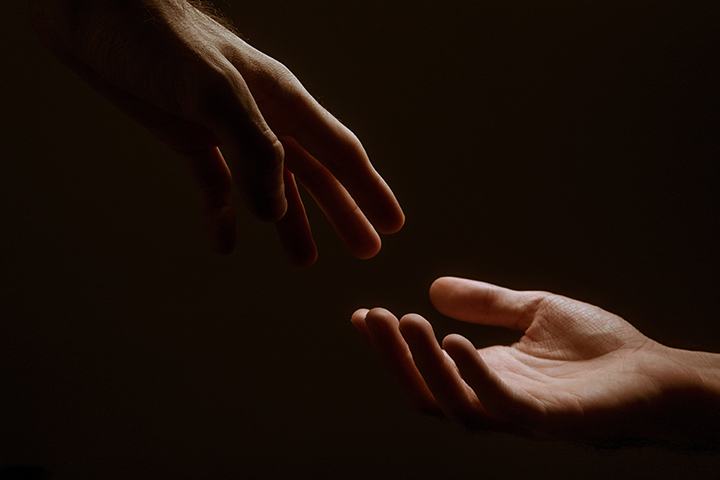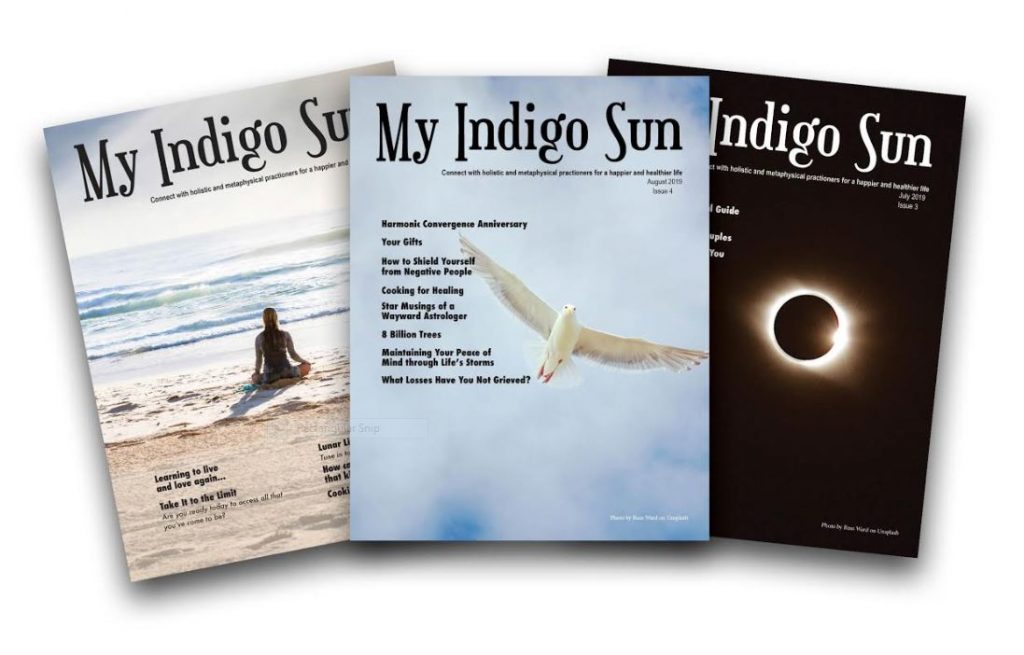My introduction to palmistry was as a 7-year-old boy in an orphanage school. We were queuing for school dinners when a boy in front of me raised his hand to warn us that the nuns were coming. These nuns, the “Sisters of Mercy,” were among the most wicked, cruel, and twisted people I have ever met. But as I looked at this boy’s hand, I felt drawn in and saw him at various stages of his life—at a wedding, playing with small children, and with grey hair, crying at a funeral. I not only saw this but felt, in turn, each of the emotions.
From this point on, I found I could read all the children in the playground. This led to regular beatings from the nuns with straps and canes for being a “devil’s child.”
The history of palmistry goes way back. It was prominent in ancient India and China, though both schools are very different in their instruction and prognosis. Tibet also has a history in hand reading, which was based on medicine. They have seven types of pulse-taking that are then used in palmar consultations.
In ancient Greece and Rome, palmistry was considered a serious science. It is said that Pontius Pilate was a master palmist, and one wonders if he read the hands of Jesus and what he could have seen.
In 323 BC, Ptolemy built the great library at Alexandria, which housed, some say, up to 400,000 ancient scrolls. Alexandria came to be regarded as the capital of knowledge and learning, in part because of the Great Library. In the great fire, all the ancient wisdom and knowledge were lost, much of which was on palmistry and astrology.
In early Bible literature, there were many mentions of palmistry. One that remains in modern Bibles is Job 37:7: “For God has placed signs and seals in the hands of men that all may know their works.”
Recent excavations around the pyramids have exposed many skeletons hastily buried after a battle, showing very detailed surgeries that would not look out of place today. There is not one tool on a modern surgeon’s table that the ancients did not have. The American Medical Association says, “The closest organ to the brain is the human hand.”
As my fame spread, I was consulted by people from far and wide. They would ask, “How do you do this? How can you tell all this?” I honestly did not know, but I began to study palmistry in earnest and read everything in the English language on the subject.
In my late teens, I volunteered for all charity functions—churches, hospital open days, hospices, and at a school for handicapped children. I was asked if I would read for someone about to be famous, which turned out to be Princess Diana.
There are basically five schools of palmistry: Hindu, Muslim, Chinese, Tibetan, and Western. The Western palmistry school is based on all these but is more factual, without the religious rulings of the East.
Alas, palmistry is a tool much used by fakers and scammers. It’s an easy thing to look at how a person is dressed, how they speak, and then tell them what they want to hear. I have lost count of all the people who have told me a palmist promised them they would win the lottery or marry Brad Pitt.
Over six articles, I will show you how to read your own hands, starting with Chirognomy—your hand shape. Modern palmists use the four divisions of Air, Earth, Fire, and Water, with the bone categories of Caucasoid, Mongoloid, Negroid, and Australoid. The bone type provides information on basic blood types, showing palmar inheritance on diet and possible illness predispositions.
T Stoke
Holistic palmist with 60 years of practice, author, and teacher Jungian Holistic Chirology, Cognitive Behavioral Therapy and karmic analysis




